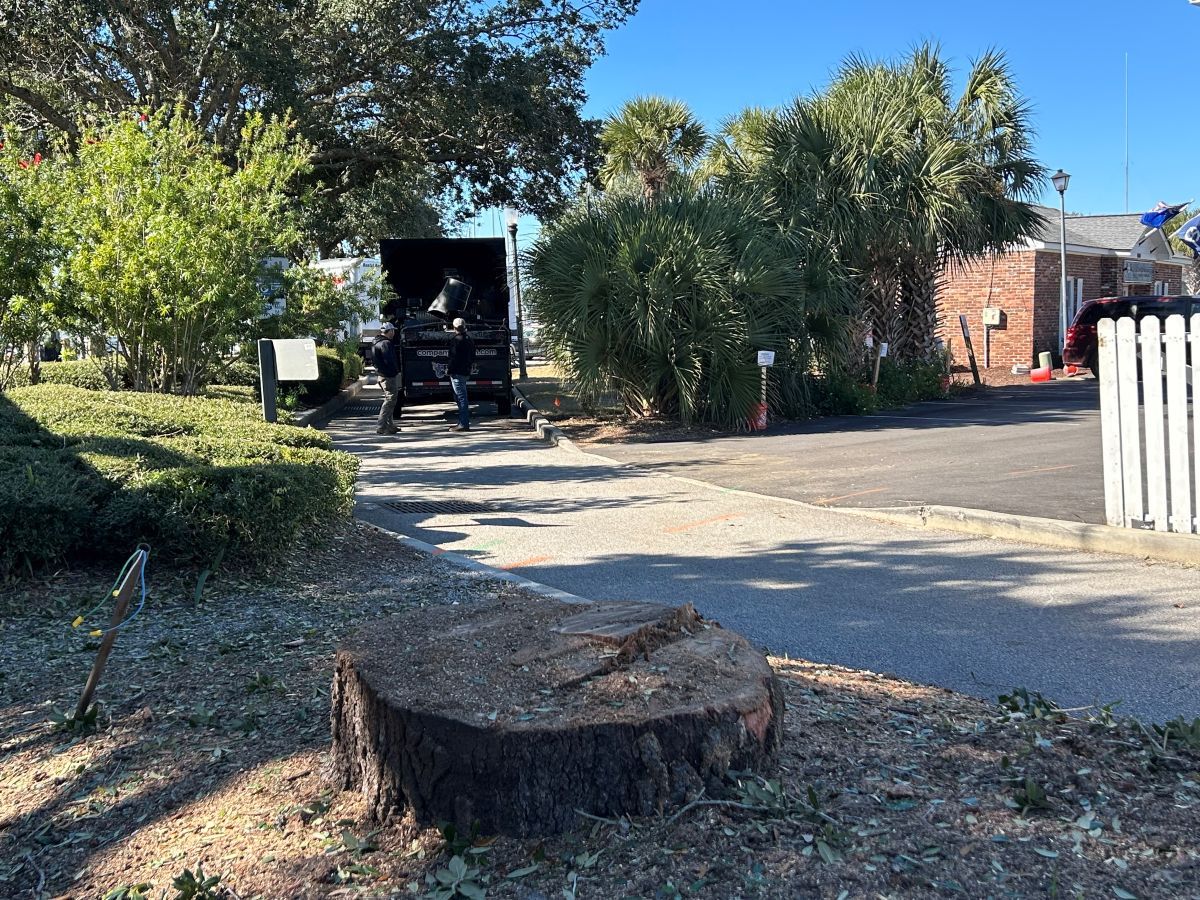By Danette Vernon
Let’s say that you met three great men this past week, and were presented with two amazing career opportunities.
Unlikely? Maybe. But what if it’s true, what if the world really is chock full of everything good and it’s all yours but for the asking? How would you decide what to do? After all, any one decision may eliminate all other possibilities forever.
Research shows that it is the permanence of some of our bigger decisions that can paralyze us into total inaction. That, and the self-blame and regret we may feel if we “get it wrong.”
Author and psychologist Barry Schwartz gives an example of how “too many” options can mire us in negative feelings. He tells us that back in the day, there was one choice of jeans, and they weren’t that great. It took a number of washings to wear them in, but that was the manufactures fault. Blame was external. Today, however, there are a myriad of jean choices — slim fit, easy fit, low rise, straight leg, to name only a few. And if we don’t get it right, who’s to blame? We are.
It’s the same with larger decisions. Studies demonstrate that loads of options, rather than creating a sense of freedom, more often than not, create a sense of dissatisfaction. For example, Duke University’s Behavior Economist Dan Ariely notes that if given pictures of three men, we may feel stymied if we had to pick amongst them for a first date. But oddly, if Mr. Ariely took photos of just two men, that for our own purposes we’ll call Peter and Marshall, and Mr. Ariely added an ugly, photo-shopped version of Peter to the mix, he can very nearly predict the result. The good-looking version of Peter comes out all the sweeter. It’s the same if he creates an ugly version of Marshall. Marshall’s more attractive self is the winner hands down as “most dateable” of the three.
In other words, we aren’t making independent choices near as often as we might like to think. In the face of complexity, our mind has its own peculiar defaults that it operates under.
Mr. Ariely went on to create an additional experiment in regard to choice and the expected or unexpected after-effects. He offered students the selection of two different reproductions of original paintings. Those in study group A were told that whatever decision they made was permanent. Those in study group B were told they could trade in their first choice for a limited amount of time.
When later queried, those in group A felt good about their decision. Those in group B, however, were unable to reconcile their feelings about their choice, even if they took the extra step and traded in their original choice within the time allowed. “What if” continued to haunt them. Therein lies the psychology behind the road not taken, the person we never got to know, the job we turned down right out of college. Given one good choice, we are happy. Toss in another one or two? And we always wonder.
So how do you make good decisions when confronted with a plethora of options? Research continues to enlighten us with answers that will surprise.





